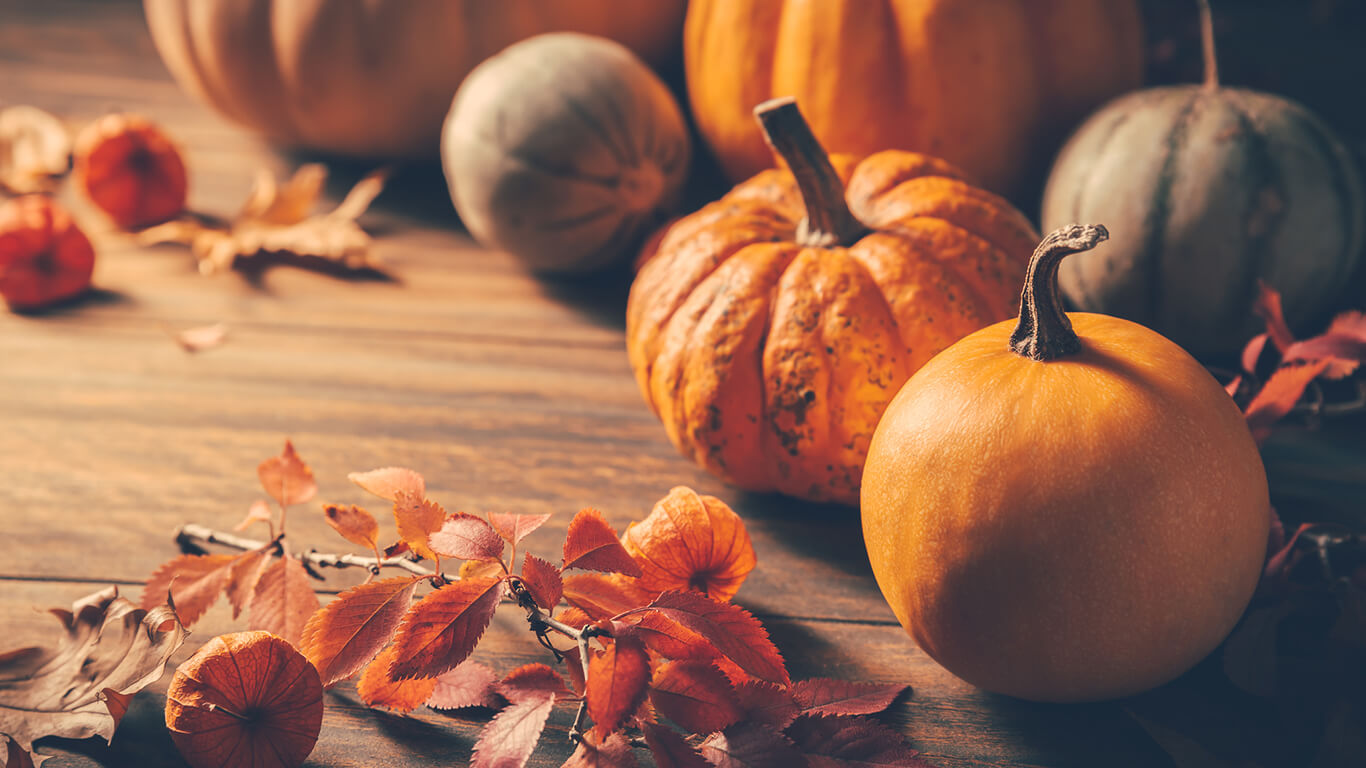Environmental Allergies in Children
Many children are excited because the school year is about to start up again and these next few weeks will be their best days of summer. With the free time coming to a close, families are eager to spend time outside, away from computers and other electronics. But for anyone dealing with seasonal environmental allergies, being outdoors can lead to sneezing, asthma attacks, and even rashes.

Many children are excited because the school year has ended. Of course, the last couple of months of school looked a little different this year! Nonetheless, children have more free time, now. Families are eager to spend time outside, away from computers and other electronics. But for anyone dealing with seasonal environmental allergies, being outdoors can lead to sneezing, asthma attacks, and even rashes.

In a previous blog post, we talked about the prevalence of food allergies in children. Environmental allergies are not as easy to avoid unless we want to live in a bubble. Because environmental allergens are present both in our homes and outdoors, avoiding them can be a challenge. If your child has seasonal allergies, it does not mean they cannot get outside this summer. It is beneficial for children to run, play, and get a little sunshine. As a parent or caregiver, there are some things you can keep in mind to help with allergy symptoms.
Know When to Stay Indoors
Pollen and mold are two common environmental allergens that are present outdoors. The best way to avoid reactions is to stay indoors when pollen and mold counts are high. If a high count is predicted in the coming days, you can start to give your child over the counter medications.
Weather reports, newspapers, and radio stations report pollen forecasts. In addition, our clinic is an official National Allergy Bureau (NAB) Station. The NAB has stations all over the country, so if you'll be traveling this summer, you can monitor the pollen counts in other states.
On days when the pollen is high, it is best to stay indoors. Keep pollen out of your house by closing windows and exterior doors. The American Academy of Asthma, Allergy, and Immunology (AAAAI) recommends running the air conditioner or central cooling during the summer. Be sure to change the filters at least once a month.
Set aside special board games, video games, movies, and books just for your "indoor" days. You can also bake or work on art projects. When your child has something fun to look forward to, they won't mind staying inside.
Enjoying the Great Outdoors

Pollen counts are highest in the morning, so avoid outdoor activities early in the day if you can. Very windy days are also good days to stay indoors, as the wind carries pollen.
Spend as much time as you can outside in the afternoon and evening. (Just don't forget to wear sunscreen!) Going outside later in the day is also convenient because kids can hop right into the bath or shower afterward. Anytime they come in from outside, changing out of their clothes and washing up will help with allergy symptoms. If a bath isn't practical, washing their hands and faces is still beneficial.
After a rainstorm is another good time to get outside, as the rain clears the air of pollen. Not to mention that younger children will like playing in the mud and splashing in puddles!
Children with environmental allergies will benefit from wearing a hat and sunglasses when outside. (That's sound advice that both dermatologists and allergists agree on!) Not only will your child be protected from the sun, but they will also be protected from pollen. A hat keeps pollen from getting in their hair, and sunglasses keep it off their face and out of their eyes.
Depending on what your child is allergic to, you may need to remove certain flowers or trees from your yard. Older children who want to help with yard work or gardening may benefit from wearing an allergy mask. Wash off any garden tools or gloves after each use and store them outside. And keeping your lawn short not only looks good, but it also reduces pollen.
Reducing Environmental Allergens in the Home
Anytime you come in from outdoors, you can bring pollen in with you. Have everyone remove their shoes before coming into the house. Cats and dogs can also bring in pollen on their fur and paws. Brush your pets outside to keep as much pollen and dander as possible out of your home. When pets come in from outdoors, wipe them down with a towel and bathe them frequently.
Do your best to keep pets out of your child's bedroom. We know this can be next to impossible, especially if your child likes to cuddle with the family pet. However, avoiding allergens in the bedroom is so important because your child spends around 1/3 of their time there. Help keep your child's bedroom clean by washing their bedding, including pillows and blankets, at least weekly.
And on the topic of laundry, we know there is nothing better than the smell of sheets or towels right off the clothesline, but pollen can stick to certain fabrics. If you want to air dry your clothes and linens, consider getting an indoor drying rack.
Dust is a common indoor allergen and it is everywhere! You can reduce dust by cleaning frequently. If you have carpeting in your home, the Mayo Clinic recommends using a vacuum with a HEPA filter. Clutter attracts dust, so the AAAAI recommends keeping knick-knacks and books to a minimum. Store toys and other items in plastic bins with lids.
Identifying Allergy Symptoms
Allergies occur when a person's immune system overreacts to a substance. If this is the first time your child is experiencing environmental allergies, you may at first mistake their symptoms for a cold. A runny nose and watery eyes are common allergy symptoms in children. They may also experience sneezing, itching, and rashes.
Don't let environmental allergies get in the way of summer fun! If the precautions you're taking at home aren't enough, give us a call. At Allergy and Asthma Care of Waco, we specialize in individualized treatments. We'll come up with a plan for your little one that takes into consideration your activities, lifestyle, and home environment. Oftentimes, identifying the allergens and avoiding them (whenever possible) is a missing piece of the puzzle. Contact us to set up an appointment. We look forward to seeing you!







